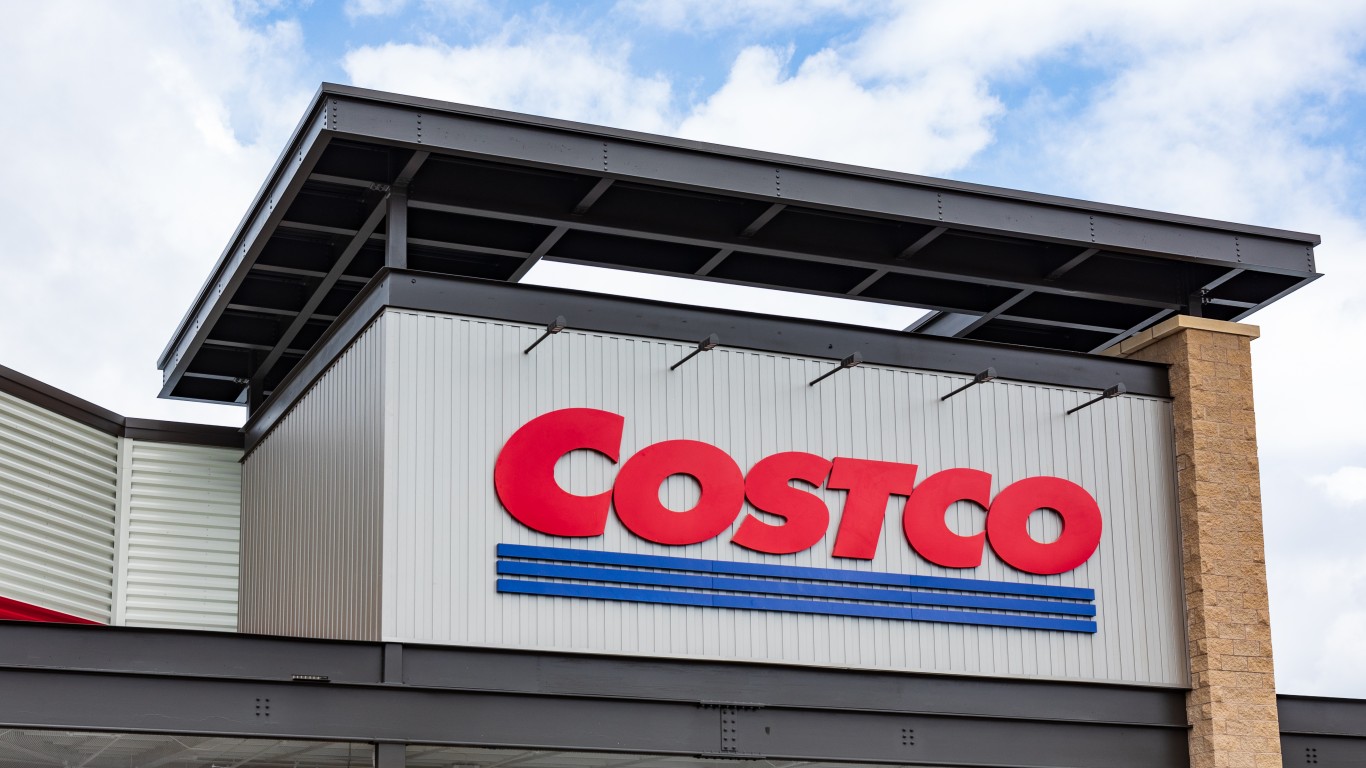
J.C. Penney Co. Inc. (NYSE: JCP) is one of many department store chains that is being forced to find a new way in the market. Most of these retailers face the same problem: e-commerce and the Death Star that is Amazon. The situation seems to adapt or die, and J.C. Penney appears to be rolling over.
What separates J.C. Penney from other major retailers is the fact that most of its stores are located in shopping malls. With recent trends showing mall traffic on the decline, the problems are only mounting for this retailer.
[in-text-ad]
To Be or Not to Be: Compliant
At the beginning of February, J.C. Penney announced that it had received a notice from the New York Stock Exchange that the company no longer meets the exchange’s criteria for a continued listing. The company has failed to maintain an average closing price per share of $1.00 for 30 consecutive trading days.
J.C. Penney has six months to return to compliance, and it may seek an extension if the company should decide that shareholder approval is required to take action to meet the exchange’s share price requirement.
In its announcement, J.C. Penney said that it intends to regain compliance by pursuing measures that may include a reverse stock split. That measure would require shareholder approval.
The share price has only retreated since then, so regaining compliance will be more of an issue than it initially thought. J.C. Penney stock has fallen 49% year to date, and it is down 68% in the past 52 weeks. Taking a longer-term perspective on the stock only makes things look worse.
Mall Traffic
Recently, one major survey indicated that mall traffic in the United States will continue to fade. That leaves retailers with many of their locations in these buildings in major trouble. J.C. Penney appears to be suffering the worst from this trend. If foot traffic to malls plunges, so does foot traffic to much of its national store footprint.
In its survey, Coresight Research said that the already slowed use of malls as locations to shop has continued to dip. The spread of the new coronavirus will only make matters worse.
People who use malls move from store to store as they shop for things they are looking for, and often things they are not. The demise of regular retail residents like Sears already has harmed these malls. It is very likely that e-commerce has only exacerbated the decline in foot traffic.
The traffic through these malls had been critical to J.C. Penney. It often holds one of the anchor spots, usually at the end of a major concourse. Traffic through a mall usually moves up and down these concourses. The anchor position is the lifeblood of the stores that hold them.
As this trend continues and mall traffic fades, we can expect something similar at J.C. Penney.
Quarterly Earnings
J.C. Penney reported its most recent quarterly results late in February. Although the results were better than expected, investors sent shares lower, as the retailer continued to see soft comparable store sales.
For the fiscal fourth quarter, the company posted $0.13 in earnings per share (EPS) and $3.49 billion in revenue. That compared to analysts’ estimates calling for $0.08 in EPS or revenue of $3.44 billion. Note that while these results exceeded estimates, they still came in lower than last year’s numbers.
Comparable sales dropped 7% year over year. This was driven largely by J.C. Penney’s exit from major appliance and in-store furniture categories, which had a 230-basis-point impact on comparable sales. These exits were enacted as part of J.C. Penney’s turnaround initiatives to focus on more profitable areas.
J.C. Penney concluded the 2019 fiscal year with 846 stores. What stands out here is that roughly 72% of these stores are mall-based.
During the fiscal fourth quarter, the company closed 18 stores. Looking ahead to the fiscal first quarter, management expects to shut down a minimum of six stores. Including these stores, the company has closed 173 stores since the start of fiscal 2017.
Get Ready To Retire (Sponsored)
Start by taking a quick retirement quiz from SmartAsset that will match you with up to 3 financial advisors that serve your area and beyond in 5 minutes, or less.
Each advisor has been vetted by SmartAsset and is held to a fiduciary standard to act in your best interests.
Here’s how it works:
1. Answer SmartAsset advisor match quiz
2. Review your pre-screened matches at your leisure. Check out the advisors’ profiles.
3. Speak with advisors at no cost to you. Have an introductory call on the phone or introduction in person and choose whom to work with in the future
Thank you for reading! Have some feedback for us?
Contact the 24/7 Wall St. editorial team.
 24/7 Wall St.
24/7 Wall St.


